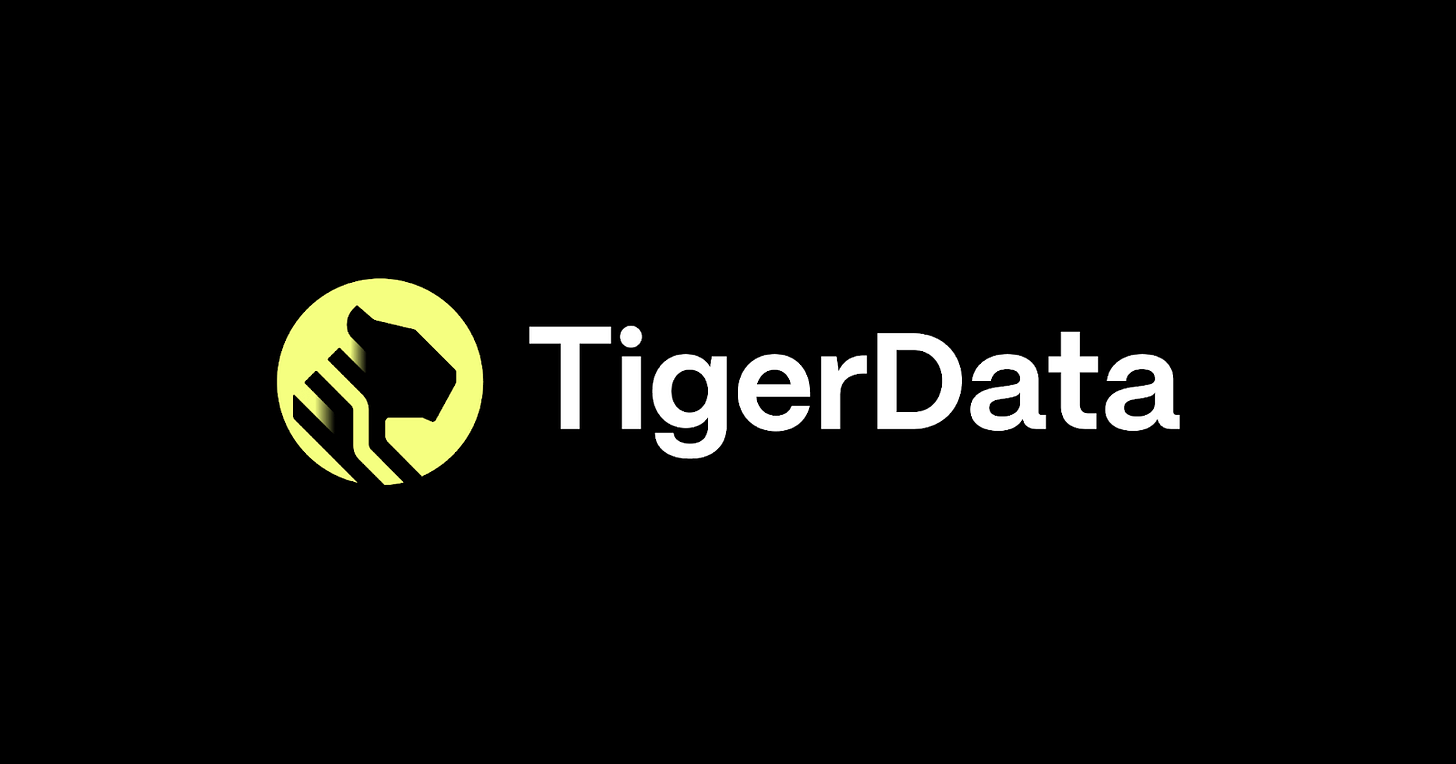TigerData, the team behind TimescaleDB and Tiger Postgres, has announced the launch of Tiger Lake, a next-generation data architecture designed to unify operational databases and open lakehouses in a seamless, bidirectional system. By starting with native support for AWS S3 Tables and Apache Iceberg, Tiger Lake enables real-time synchronization and analytics without the need for traditional ETL pipelines, vendor lock-in, or fragmented infrastructure.
“The Architecture We Believe the Industry Has Been Waiting For”
Tiger Lake aims to break down the longstanding wall between Postgres-powered operational data and scalable cloud analytics. According to TigerData’s leadership, the introduction of this new architecture represents a pivotal shift in how modern applications can operate at speed without sacrificing depth.
“Postgres has become the operational heart of modern applications, but until now, it’s existed in a silo from the lakehouse,” said Mike Freedman, co-founder and CTO of TigerData. “With Tiger Lake, we’ve built a native, bidirectional bridge between Postgres and the lakehouse. It’s the architecture we believe the industry has been waiting for.”
Rather than forcing developers to choose between transactional performance and analytical depth, Tiger Lake offers both: unified natively and purposefully.
Operational Speed Meets Analytical Scale
Tiger Lake is not a bolt-on tool but a built-in capability of Tiger Postgres, TigerData’s enhanced PostgreSQL built for real-time analytics, time-series data, and agentic workloads. Powered by TimescaleDB, it handles high-ingest rates, complex rollups, and concurrent queries at scale, all while remaining production-ready.
Tiger Lake enables developers to automatically replicate any Postgres table into the lakehouse, eliminating the need for custom pipelines or orchestration. Just as crucially, it enables Iceberg-computed results, like historical aggregates or machine learning features, to be synced back into Postgres, ready to be served in real-time through applications, dashboards, or AI agents.
As TigerData puts it, the architecture “combines the speed and precision of Postgres with the scale and flexibility of Iceberg—without duplication, lock-in, or compromise.”
A Developer's Relief: No More Kafka, Flink, or Glue Code
The technical advantages of Tiger Lake are already resonating with teams that previously managed complex integrations to keep their data flowing.
“We stitched together Kafka, Flink, and custom code to stream data from Postgres to Iceberg—it worked, but it was fragile and high-maintenance,” said Kevin Otten, Director of Technical Architecture at Speedcast. “Tiger Lake replaces all of that with native infrastructure. It’s not just simpler—it’s the architecture we wish we had from day one.”
Speedcast is just one of several innovative companies adopting Tiger Lake to simplify infrastructure and unlock real-time intelligence across their stacks. These early deployments point to a growing shift toward composable, production-ready data architectures.
Tiger Lake enables developers to utilize familiar tools and interfaces while gaining access to deeper insights and enhanced features, without waiting for batch jobs to run or dashboards to reload.
Designed for Open Ecosystems, Not Walled Gardens
A core value behind Tiger Lake is openness. It connects Postgres to Iceberg using open formats, avoiding proprietary metadata layers or vendor-specific control planes. According to TigerData, the intent is to give teams the flexibility to work with the broader data ecosystem, from Amazon S3 to Spark, Snowflake, and ML pipelines, without being boxed into a single stack.
This stands in contrast to platforms that promote all-in-one, “end-to-end” data solutions that limit customization. As TigerData emphasizes, Tiger Lake “keeps Postgres and Iceberg open, composable, and future-proof.”
Public Beta Now Available
Tiger Lake is now available in public beta on Tiger Cloud. The initial rollout supports streaming Postgres tables and TimescaleDB hypertables into AWS S3 Tables using the Iceberg format, as well as pulling data from S3 into Postgres.
Future plans include allowing Postgres to query Iceberg catalogs directly and enabling full round-trip data workflows, bringing analytical results from the lakehouse back into the operational layer, ready to serve.
With Tiger Lake, TigerData is aiming to eliminate the technical trade-offs that have long defined real-time and analytical data strategies, and in doing so, redefine the default for intelligent application development.


